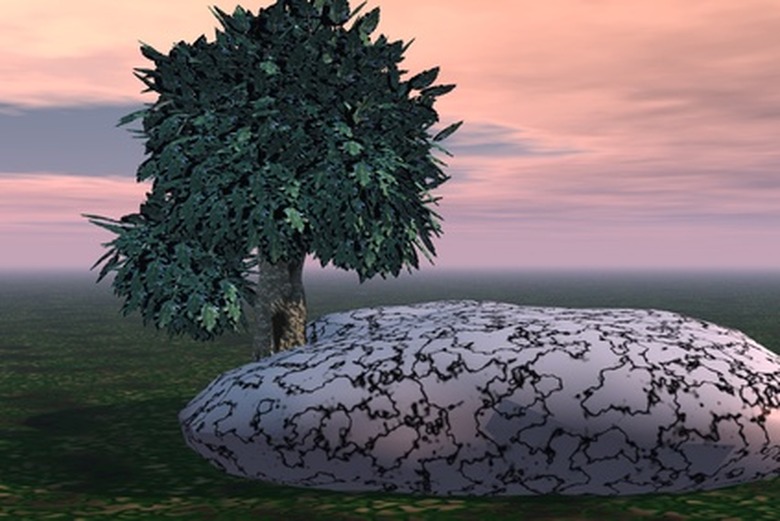How To Stop Chinese Elm Trees From Seeding
In North Carolina, New Jersey, Wisconsin and several other states in the United States, the Chinese elm is considered an invasive plant. It grows and matures quickly, and produces large amount of seeds that are rapidly spread by birds and squirrels. According to the Iowa Department of Natural Resources, one of the best ways to control the spread of the Chinese elm is to prevent the establishment of new trees. If you do not want or can't afford to physically remove your Chinese elm from your property, you can stop it from developing its seed.
Step 1
Watch your Chinese elm for bud and flower production beginning in late winter. Chinese elms produce very small green flowers sometime between late winter and early spring. The best time to prune these flowers is while they are still buds. However, pruning any time before they develop their orange-brown fruit in the summer will prevent the tree from seeding.
- In North Carolina, New Jersey, Wisconsin and several other states in the United States, the Chinese elm is considered an invasive plant.
- However, pruning any time before they develop their orange-brown fruit in the summer will prevent the tree from seeding.
Step 2
Use a sharp, disinfected pair of pruning shears to cut the buds off the tree. Cut just below the bud at a 45-degree angle. Start with the buds on the lowest part of the tree. You can disinfect your shears by dipping them in a 10 percent bleach solution.
Step 3
Prune the higher branches of the Chinese elm with lopping shears. If you must use a ladder to reach these branches, only do so with someone supporting the base of the ladder.
Step 4
Gather up the buds and dispose of them. The buds can be placed into your compost pile, if you have one. Check your tree in two or three weeks for any blooms you might have missed.
- Use a sharp, disinfected pair of pruning shears to cut the buds off the tree.
Water A Chinese Elm
Insert your index finger into the soil of the Chinese elm bonsai's container. Plug the drain of your sink. Fill the sink with 1/2 inch lukewarm water. Allow the bonsai to soak up the water via the drainage holes in the bottom of the container. If it still feels dry, add more water to the sink and soak again. Check the moisture level of the soil every day. Chinese elm bonsais in small containers, or those growing outdoors in the wind and sun, may need daily watering. Determine the correct amount of water for young trees in their first season. In warm climates, give 2 gallons per inch of trunk diameter. Water young trees lightly, and apply water to the root ball only. Give one watering per week to young trees planted in spring and summer if you live in a cool climate.
- Insert your index finger into the soil of the Chinese elm bonsai's container.
- Determine the correct amount of water for young trees in their first season.
Things Needed
- Pruning shears
- Bleach
- Lopping shears
- Ladder
